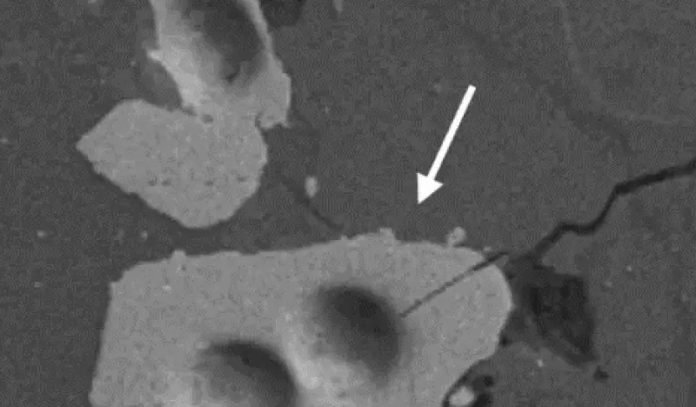
Have you ever looked up at the moon and wondered about its past?
Scientists have been pondering its mysteries for years, and now, thanks to some incredible technology and a bit of lunar detective work, they’ve made a groundbreaking discovery: the moon is 40 million years older than we previously thought!
This revelation comes from a recent study led by researchers supported by the U.S. National Science Foundation, working at the Field Museum and the University of Glasgow.
They’ve been analyzing tiny crystals from the moon, collected way back in 1972 by Apollo 17 astronauts.
These aren’t just any crystals; they’re special lunar zircon crystals, and they hold the key to understanding the moon’s true age.
Previously, scientists estimated the moon to be over 4.42 billion years old. But this new research, using state-of-the-art equipment at Northwestern University’s atom-probe tomography facility, has discovered that the moon is actually 4.46 billion years old.
That’s 40 million years older than we thought!
So, how did the scientists figure this out? It’s all thanks to a sophisticated method called atom-by-atom analysis. Imagine each atom as a tiny clock. Over time, some atoms, like uranium, change into other elements, such as lead.
This process is called radioactive decay. By counting the number of uranium and lead atoms in the zircon crystals, the researchers could work out how old they are, just like measuring time with an hourglass.
Dieter Isheim from Northwestern, who co-authored the study, pointed out how remarkable it is that samples brought to Earth fifty years ago are only now revealing their secrets.
The tools we have today, like atom-probe tomography, allow us to analyze materials at an incredibly detailed level, something that wasn’t possible when the moon rocks first arrived.
Philipp Heck, the senior author of the study from the Field Museum, explained that radiometric dating is a bit like an hourglass.
In an hourglass, sand flows from one bulb to another, and you can tell how much time has passed by looking at how much sand has accumulated.
In radiometric dating, scientists count the ‘parent’ atoms (like uranium) and their ‘daughter’ atoms (like lead). Since they know how fast uranium turns into lead, they can calculate how much time has passed.
This study, published in the journal Geochemical Perspectives Letters, isn’t just a scientific achievement; it’s a testament to the incredible progress in technology and our enduring fascination with our nearest celestial neighbor.
By unlocking the moon’s true age, we’ve taken one more step in unraveling the mysteries of the universe.



